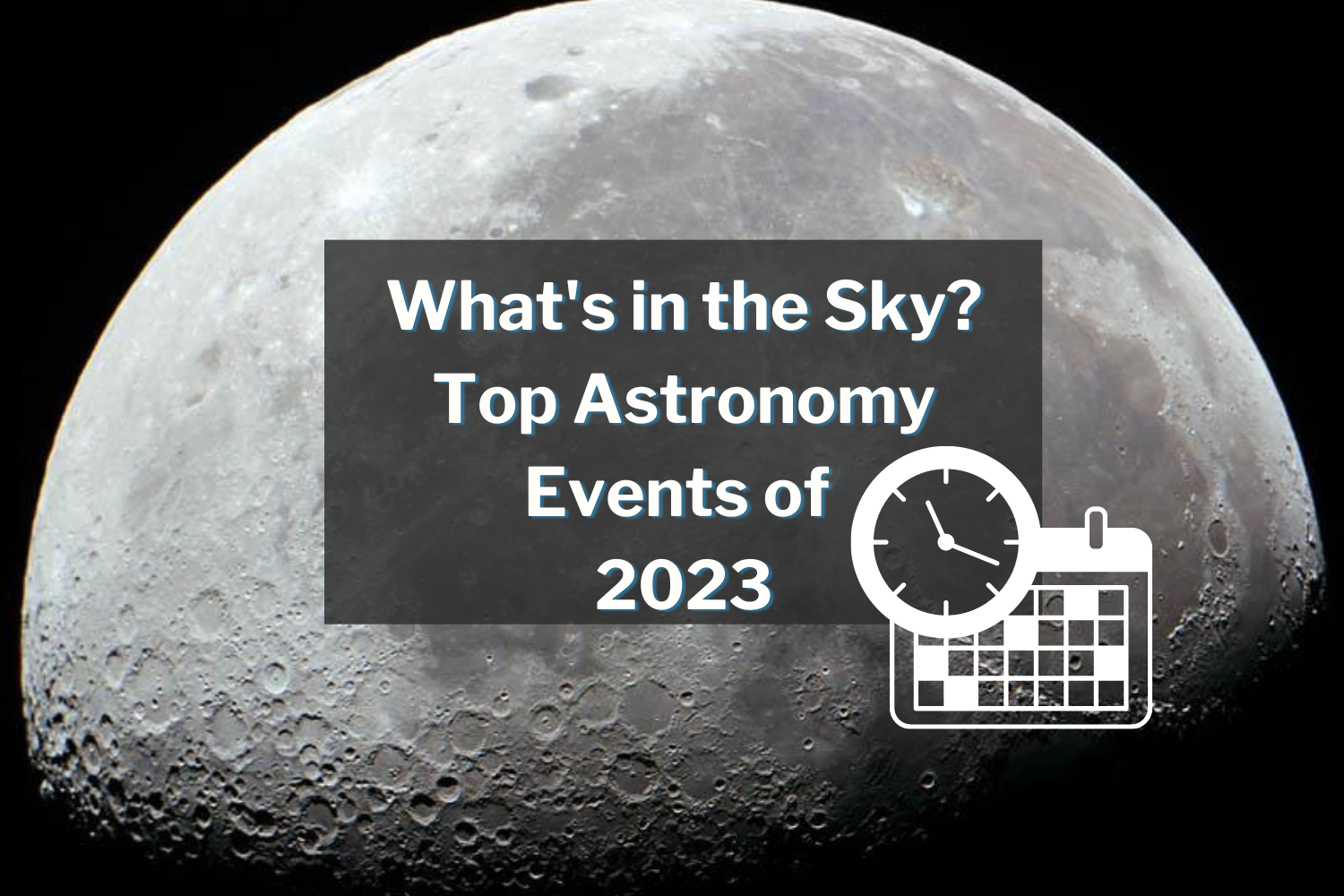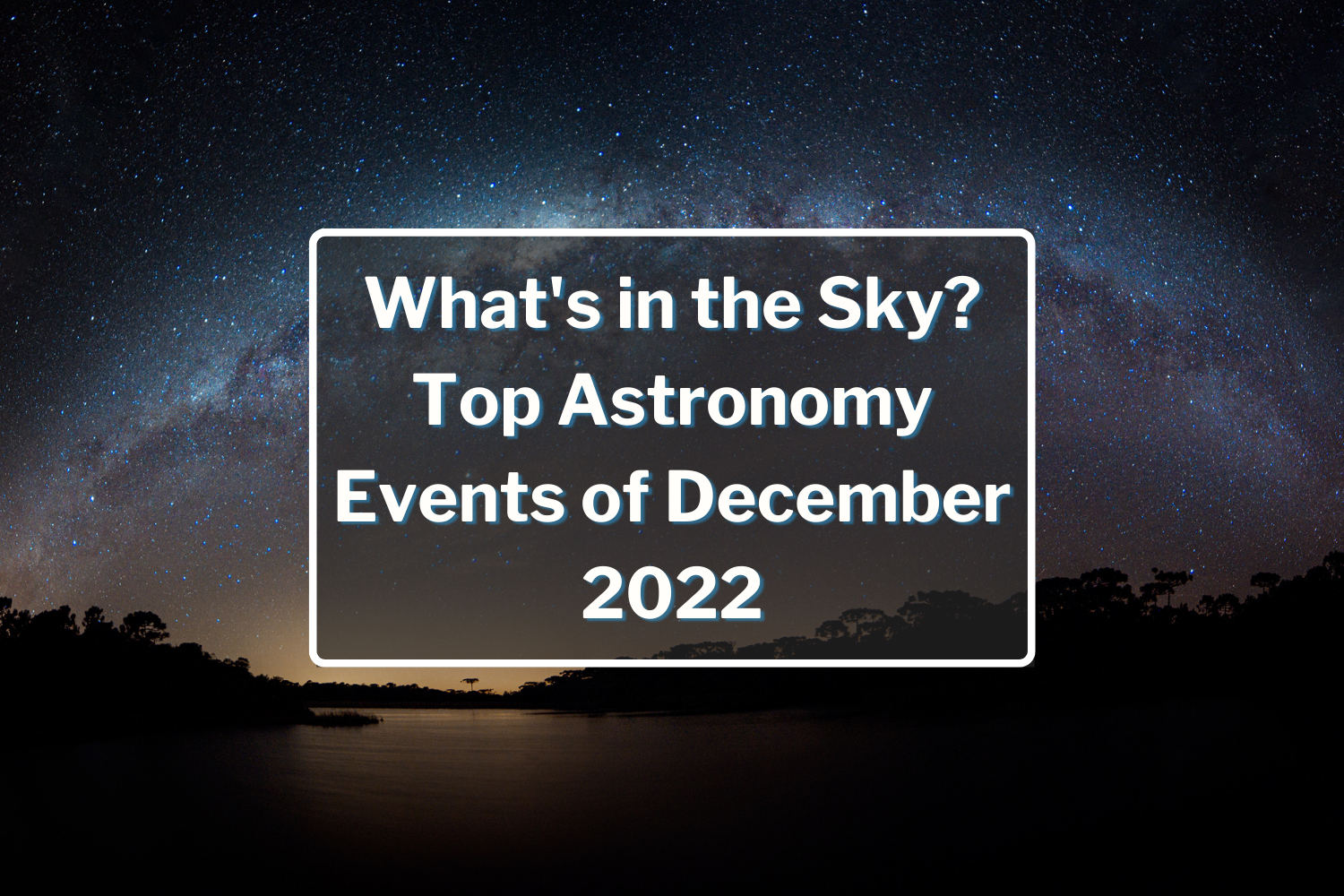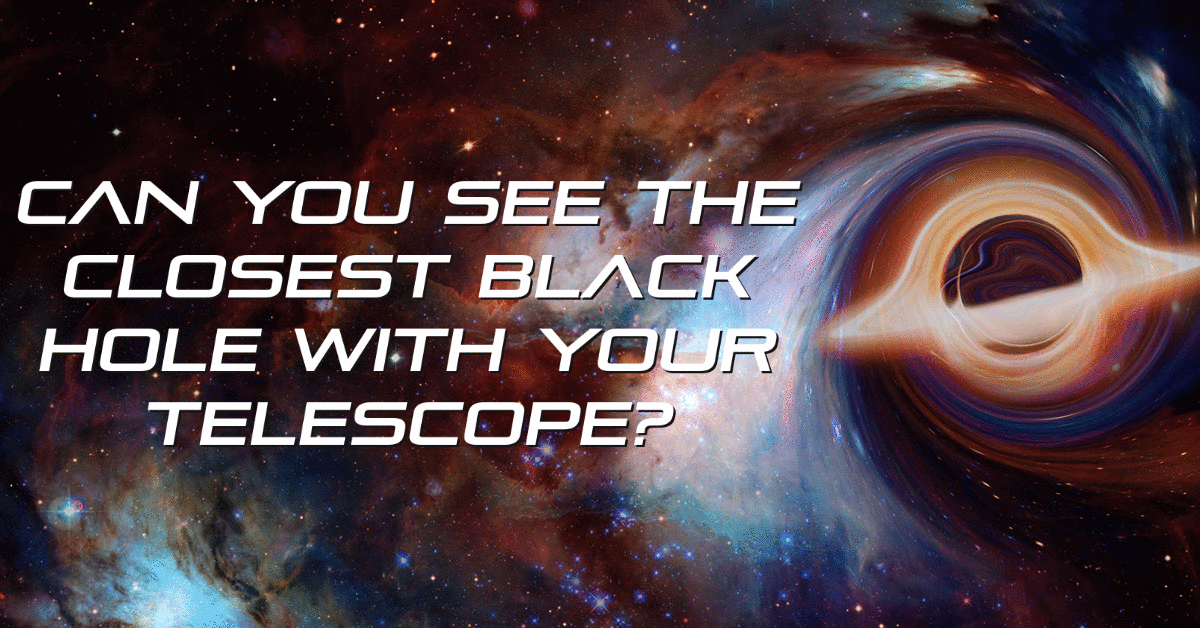What's in the Sky? Ultimate Astro Bucket List
Take more adventures this season with this ultimate astro bucket list! Whether you are looking for some ideas on what to capture first or looking to take on a new challenge, this list provides astronomy events that happen year-round (and depending on where you live).
Have some of these saved away? Share them with us on social media or use the hashtag #opteam for a chance to be featured. Also, check out our takeovers featuring astrophotographers around the world on Tuesdays!
Moon
Lunar Craters

Longomontanus, Scheiner, Blancanus, and Clavius craters captured by Jeff Horne.
The Moon is the brightest visible object in the night sky, and to capture some exciting features like its craters, you don’t need an astrophotography telescopeto capture them. Because the Moon has so many craters, a beginner telescope and your smartphone can be enough to capture some of them. Now, if you are looking to get the most detail in your images like the one shot by Jeff Horne above with the ASI385MC, a more advanced astrophotography setup will give you the best results. Did you know? The age of large craters is determined by the number of smaller craters contained within it, older craters generally accumulating smaller, contained craters.
Total Lunar Eclipse
An eclipse never comes alone! A solar eclipse always occurs about two weeks before or after a lunar eclipse. Did you know? Total solar eclipses happen when the New Moon comes between the Sun and Earth and directs the darkest part of its shadow on Earth. This shadow is also known as the umbra.
During a total eclipse of the Sun, the Moon covers the entire disk of the Sun. In partial and annular solar eclipses, the Moon blocks only a part of the Sun. You can plan ahead and capture both the lunar eclipse and total solar eclipse if you are in the right location on Earth.
Lunar Eclipse
During a total lunar eclipse, Earth completely blocks direct sunlight from reaching the Moon. The only light reflected from the lunar surface has been refracted by Earth's atmosphere. This light appears reddish for the same reason that a sunset or sunrise does. Due to this reddish color, a totally eclipsed Moon is sometimes called a blood moon.
Check out our video tutorial on lunar photography basics for technique tips!
Sun
Never point a telescope to the Sun. With the rightsolar gear, you can get some incredible observing or imaging opportunities of the Sun’s corona, chromosphere, solar flames, and more! Our guide onhow to safely observe the Sun is filled with tips and techniques to have the best experience.
Planets
Planets make an ultimate astro bucket list item because of the endless ways you can observe and image them! We put together a guide to provide tips onhow to see the planets for visual astronomers. For astrophotographers, you can check out ourplanetary imaging guidefor more tips.
Jupiter
Jupiter is another bright object in the night sky that is visible with to naked eye and an easy target for astrophotographers. Our guide onhow to take a photo of Jupiter gives some great astrophotography tips to capture this bright planet. Some impressive features to capture include its moons, the Great Red Spot, and more, depending on your setup.
Saturn

Saturn captured by Drew Evans with the ASI290MC.
Saturn is another easily identified target for astronomers mainly due to its large and distinct ring system. Did you know? Saturn's rings are made up of billions of particles ranging from grains of sand to mountain-size chunks. The rings are composed of water-ice and draw in rocky meteoroids as they travel through space. Even though it looks like a solid ring, when viewed closer, several divisions exist. Check out the detail in Saturn captured by Drew Evans using the ASI290MC. Check out the ASI290MM, the monochrome version, for more info
Naked Eye Celestial Objects
Aurora Polaris
One of the most mesmerizing night sky events you can see with your naked eye are auroras. People travel from all over the world to see these beautiful curtains of light in the night sky that can be seen near the Northern and Southern hemisphere.
Meteors
Meteors, also known as shooting stars, are pieces of dust and debris from space that burn up in Earth's atmosphere, where they can create bright streaks across the night sky. When Earth passes through the dusty trail of a comet or asteroid's orbit, the many streaks of light in the sky are known as a meteor shower. Particularly large chunks of material can create an extra-bright fireball streak, but most meteors are still small enough to burn up in Earth's atmosphere entirely. If a meteor makes it to Earth, it's known as a meteorite.
Comet

Comet NEOWISE captured by Mack Murdoc.
A comet is an icy, small solar system body that, when passing close to the Sun, warms and begins to release gases, a process called outgassing. This produces a visible atmosphere or coma, and sometimes also a tail. While 2020 was a year that redefined humanity, many took their time at home to look at the stars. It was an exciting time in astronomy because Comet NEOWISE brought a night sky spectacular to observe and image. Do you know someone who captured it?
Deep Space Objects
Whether you are looking to learn more aboutdeep space objects for beginners or taking up the challenge to capture everything on this list, these objects below include our home galaxy, the Milky Way!
Deep space objects are any celestial object that exists outside of our solar system. The most known types of deep space objects are nebulae, star clusters, and galaxies. They are also referred to as DSOs.
Milky Way Galaxy
Milky Way captured by Dustin Gibson.
The Milky Way is a large barred spiral galaxy. All the stars we see in the night sky are in our own Milky Way Galaxy. Our galaxy is called the Milky Way because it appears as a milky band of light in the sky when you see it in dark night skies. It is one of the first objects captured by those wanting to get started in astrophotography. The Milky Way image above was captured with the Sky-Watcher Star Adventurer.
Orion Nebula
Orion is bright enough to be seen with the naked eye, so there is a chance you have already seen it! Just under Orion's Belt sits the Orion Nebula. Out of all the nebulae in the Milky Way, this is one of the brightest, which is why we can see it so easily. The technical designation of this DSO is a "diffuse nebula," meaning it's a cloud of glowing space dust.
Usually, dust doesn't glow (as we can see by looking outside), but due to this dust being in such proximity to hot, bright stars, it intensely glows and reflects light outward.
Pleiades
The Pleiades is a star cluster that is also known as the Seven Sisters or M45. It can be seen from almost anywhere on Earth! A star cluster is a large group of stars that look like a misty group of stars. There are two main types, globular and open. Globular clusters are tighter groups of stars that are hundreds to million-year-old stars. Open clusters are more loosely clustered and generally contain a few hundred younger stars.
Andromeda
The Andromeda galaxy, our Milky Way's closest neighbor, is the most distant object in the sky that you can see with your unaided eye in a dark sky location. Andromeda's proximity to Earth is about 2.5 million light-years away, making it an easy object to observe or image.
How many of these objects do you have checked off on your list? Let us know in the comments below!
2 Responses
Robert Mackay
Marvelous. Thank you. How do I enroll in your School?
Also, please direct the following question to an Astronomy expert or provide me resources to check.
Here is my question:
Is there any discovered planet anywhere which is known to have seven moons?
Thank you,
Robert












OPT
September 10, 2021
Hi Robert, thank you for your interest. We currently offer all of our resources for free. A great course that is designed for enrolling is the Galactic Hunter’s Galactic Course that can be found here: https://www.galactic-hunter.com/galactic-course clear skies!